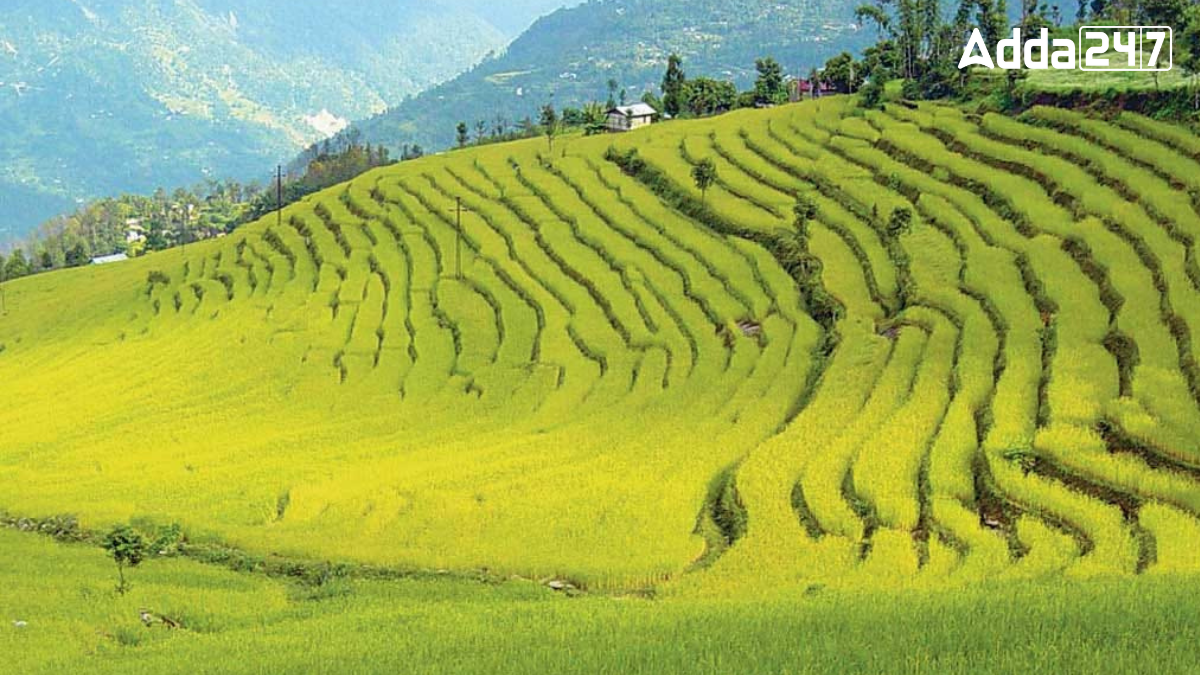India has many different crops grown in its states, each with its own specialty. Among them, one state is known as the “Valley of Rice” because of its rich rice farming. Let’s find out which state has this unique title and why it is so important for rice cultivation.
Indian States and Union Territories
India has 28 states and 8 Union Territories. Each state has its own government, culture, and traditions. Union Territories are smaller regions directly governed by the Central Government. Together, they form the diverse and colorful landscape of India, showcasing unity in diversity across the nation.
Valley of Rice in India
India is full of fascinating names for its states, based on their unique features. One such name is the “Valley of Rice,” which refers to Sikkim. Let’s explore why Sikkim is called this and its connection to rice farming.
Why is Sikkim Known as the Valley of Rice?
Sikkim, a beautiful state in northeastern India, is called the “Valley of Rice” because of its large-scale rice production and a perfect environment for growing rice. The name also has deep cultural and historical roots.
The Climate and Terrain of Sikkim
Sikkim, a beautiful state in northeastern India, is called the “Valley of Rice” because of its large-scale rice production and a perfect environment for growing rice. The name also has deep cultural and historical roots.
Rice Farming and the Economy
Rice farming plays a major role in Sikkim’s economy. Many farmers depend on rice cultivation for their livelihood, and it is one of the most important crops in the state. This makes rice farming a key part of Sikkim’s agricultural success.
Cultural Significance of the Name
The Tibetan name for Sikkim is Drenjong, meaning “Valley of Rice.” Similarly, the Bhutias, another ethnic group, call it Beyul Demazong, which means “The Hidden Valley of Rice.” These names reflect Sikkim’s rich tradition and its deep connection to rice cultivation.



 Which Country is Known as the Land of Ch...
Which Country is Known as the Land of Ch...
 Which Bird is known as the King of Birds...
Which Bird is known as the King of Birds...
 Which City of Austria is Known as the Ci...
Which City of Austria is Known as the Ci...







